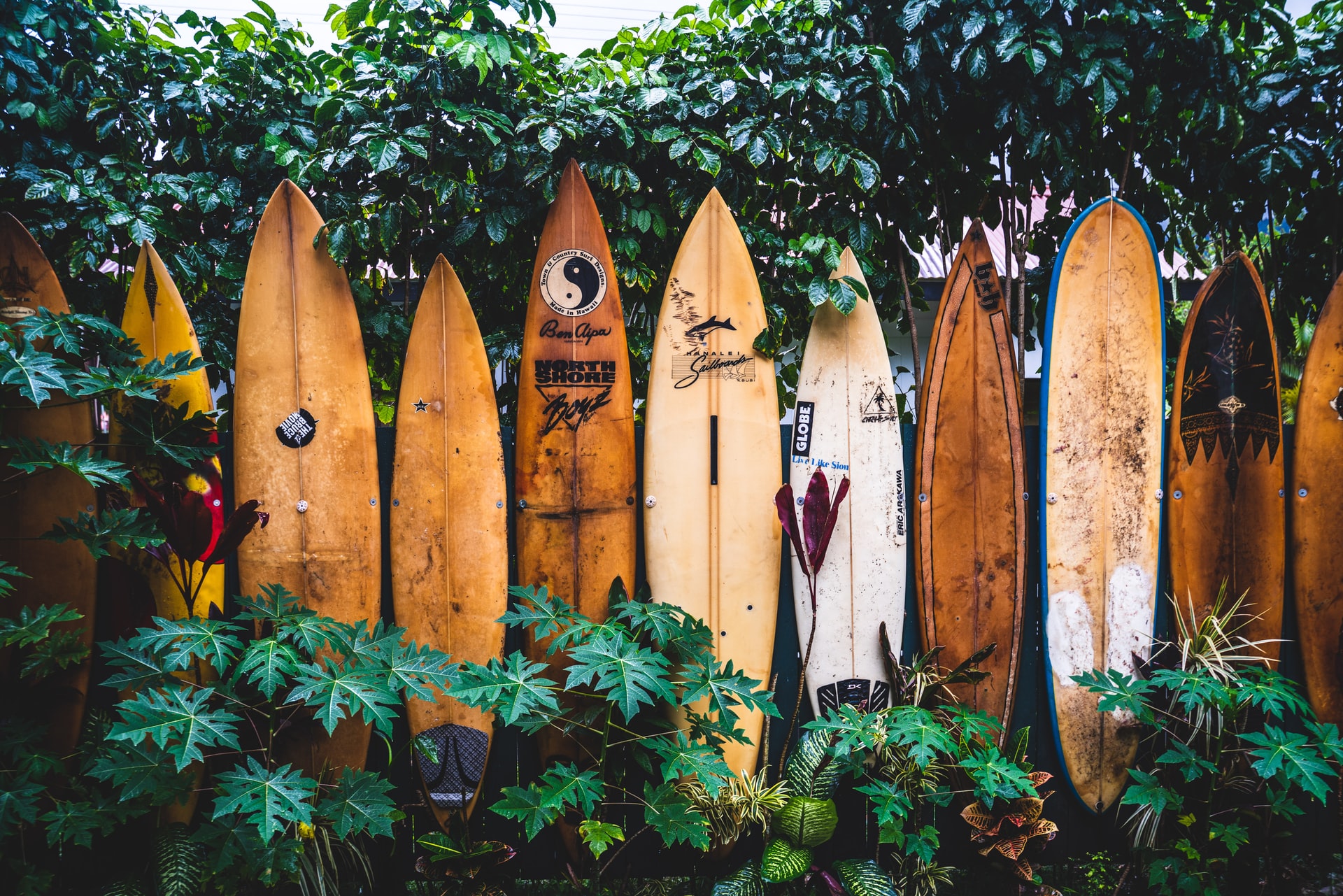The surfboard is a magical item for every surfer. By picking the right surfboard, you can enjoy surfing to the fullest. It doesn’t matter if you are a complete beginner or a seasoned veteran; using the right surfboard is always essential. There are several factors to consider when it comes to surfboards, whether you’re a beginner looking for a suitable foam surfboard for summer or levelling up to discover the best left you can.
In this article, I have five tips that can help you find the right surfboard. Hopefully, these tips can help you find the best surfboard for you and enjoy surfing a lot more. And of course, by using the right surfboard, you can ride all the waves near you.
Pick the right volume
I have mentioned something about foam above. Volume is the amount of foam in your band – it determines how buoyant your surfboard is. To make it simple, beginners tend to need more foam, while experienced surfers need less foam. Similarly, heavier surfers need more foam, while lighter surfers need less foam.
Picking the right volume of your surfboard is important. However, it is only used as a starting point when choosing the right one. It is only a small part of the journey of choosing the right board. Furthermore, volume is mostly important only when you’re paddling. Once you are up and riding the waves, there are other factors that could affect buoyancy.
The plan shape of the board
You may have noticed that not all surfboards are shaped the same way. The plan shape refers to the outline of the board as viewed from below or above. Usually, a wide board has more stability and a higher lift, while a narrower board allows you to be more stable while riding big waves.
For beginners, a wider board would be more forgiving and convenient, thanks to a larger sweet spot. Width in the nose could help you with paddling as well. But there is no one shape-fit-all when it comes to surfboards. The key here is finding the right balance.
What waves do you want to catch?
Every wave is always different. That’s one of the biggest reasons why surfing is so exciting. Learning and adapting to new waves are always challenging, and you can clearly see who is a beginner and who is a veteran.
Now obviously, the kinds of waves you want to catch will determine the right surfboard for you. For example, a wider tail area will perform much better in small, weaker waves. On the other hand, a narrow-tailed board is great for powerful waves.
Rocker
Rocker is one of the most important parts of a surfboard. The rocker determines how fast the board can go while it is planning and flat over the surface or when turning on a rail. It dictates the arc you can draw while surfing.
Again, it is about balance when choosing the best rocker design. A flat rocker can go fast, but you will want to go in a straight line when on a rail. In comparison, a lot of rocker means that the board can draw tight arcs on the face but will push water at the same time, which causes it to lose speed. This can happen especially in flatter sections of a wave.
The fin configuration
This part is often over-ignored, especially by beginners. While the fin configuration is completely personal, there are many variables that will dictate your choice here. It is easy to go down a rabbit hole and explain each fin configuration in detail. But, you can always start by looking at the standard setups available:
- Thruster
- Quad
- 2+1
- Single fin
- Twin fin
Each name of the fin configuration is self-explanatory. The most popular choice is the Thruster fin set-up. It is a 3-fin-setup with two outer boxes and a center. You can always go for this configuration or try the five-fin configuration. This setup has two outers on each side and a fin in the center. This setup is great for beginners and veterans alike.
So which surfboard do you want?
Keep in mind that it is okay to feel like you haven’t found the right surfboard yet. Everyone has to go through the process of choosing the right board. As you get more experienced, you will understand if the surfboard is the right one for you or not at a glance.

